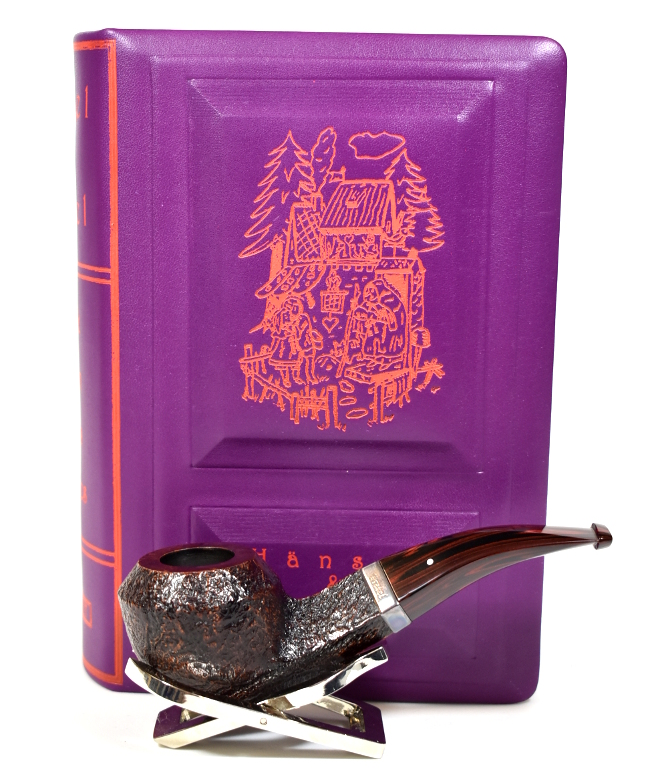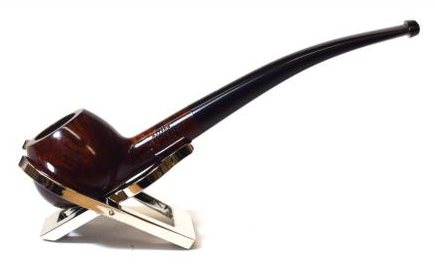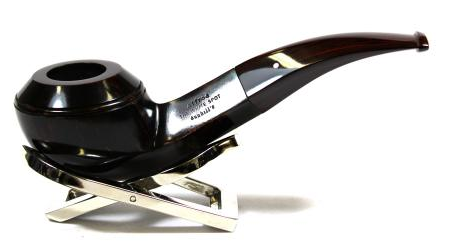Today, I will talk about a brand that set new standards for the market many times and is now re-emerging from the shadow: Charatan.
The story begins in London (1863), more precisely in Masell Street, where Frederick Charatan, a Russian immigrant, opened his shop in which he sold his own Meerschaum pipes. The business quickly bloomed, and the artisan relocated to a more extensive facility in Prescot Street. Around the same time Charatan changed location, the news about the discovery of briar’s quality started to spread. The crafter quickly embraced the new material and started to carve briar pipes. Charatan is known to be the first brand to have pipes completely handmade, mouthpiece included. “Charatan‘s Make,” a new term, was coined to distinguish the brand’s creation from the rest. “The rest” were pipes that were assembled from already made mouthpieces and pre-drilled bowls.
Charatan rapidly became the standard to match. Dunhill (if you remember in my previous post) based his entire brand on high-quality products and wanted to have Charatan‘s creations in his shop. For 2 years, Dunhill paid high prices just to sell the best of Charatan‘s products. As we know, Dunhill was a brilliant businessman and lured away Joel Sasieni ( one of Charatan‘s best carvers) and opened his own workshop in Duke Street.
The business kept growing, and in 1910 Reuben Charatan succeeded his father. In the early 50s, Herman G.Lane tried to expand his business in Great Britain and approached Charatan. He became the sole distributor in the US in 1955 and pushed Charatan popularity to new heights. A new milestone was reached by Charatan in 1960; they were the first to sell pipes over $100. Sadly 2 years later, Reuben Charatan passed away, and his widow sold the company to Lane.
The end of the 70s marks the end of Charatan‘s success; the brand’s fame and renewed quality declined when in 1978, the company was sold to Dunhill, and in 1982 Prescot street factory was closed.

The brand’s success was long gone and Dunhill decided to sell the brand to James B. Russuel Inc. in 1988. The pipes were now made in Saint-Claude, allegedly by Butz-Choquin. Even though the new Charatan was good, their pipes were mere copies of what they used to be. Sadly, the market did not welcome the recent Charatan reiteration, and the business failed.
In 2002 J.B. Russel went out of business, and Dunhill re-acquired Charatan. Colin Fromm was appointed to produce pipes now to re-establish the old glory.
Tor acquired the right from Dunhill to produce tobacco products under the Charatan label and reintroduced the timeless pipe tobacco line once made by Dunhill to the market.
Charatan’s pipes are once again beautifully crafted, with classic shapes and refined finishes. If you are looking for an elegant and reliable companion to accompany you on your next adventure this winter, you might want to check our online selection. It will not disappoint you.
While you are there, also check the Charatan’s pipe tobacco line.
Alla prossima volta!
Chris.












